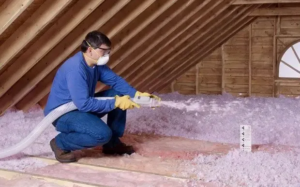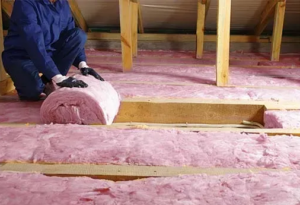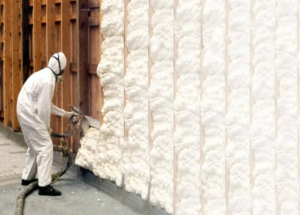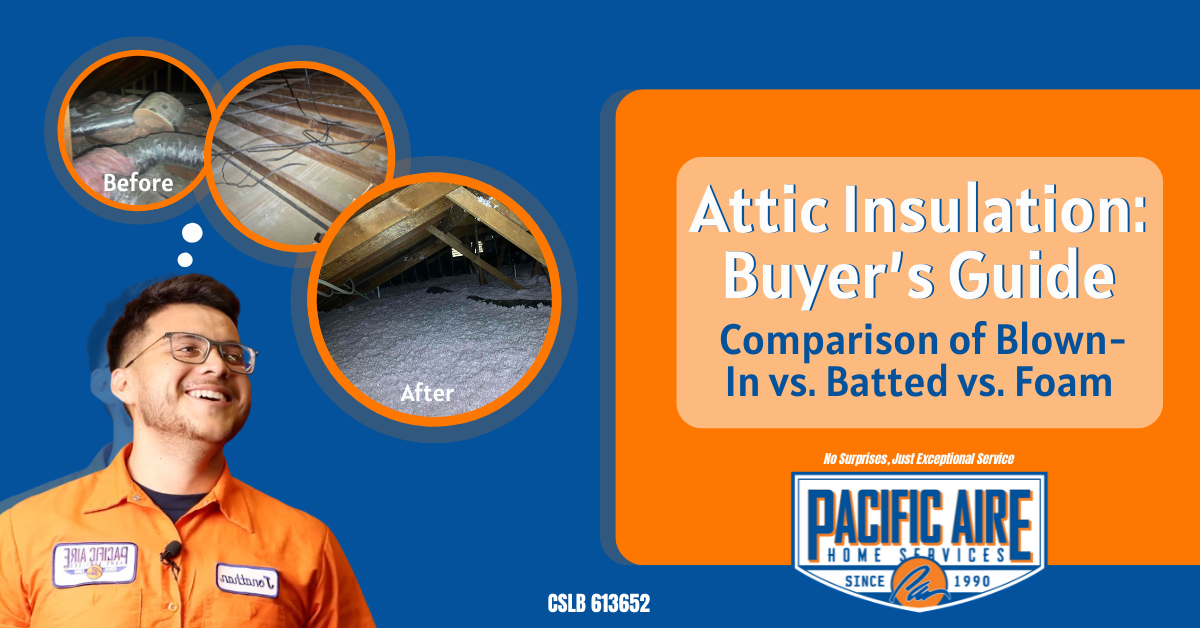If you’re thinking about upgrading your attic insulation, this guide will help you make a smart, informed decision. We’ll break down what insulation does, when to replace it, what makes for a quality install, and how the three most common types—blown-in, batted, and foam—compare side-by-side.
Why Insulation Matters
Your First Line of Defense Against Energy Waste
Attic insulation is your home’s first line of defense against energy loss. Proper attic insulation slows down heat transfer, which keeps your home cooler in the summer and warmer in the winter. This helps:
- Reduce your energy bills
- Keep your HVAC system from overworking
- Prevent moisture problems like mold and rot
If your insulation is lacking or compromised, you’ll feel it—in both comfort and cost.
Want to get a sense of how much poor insulation could be costing you? Use an energy cost calculator to estimate the impact of an inefficient attic.
Understanding R-Value
R-Value measures insulation’s ability to resist heat flow. The higher the R-value, the better the insulation’s performance. For example:
- R-39 offers solid resistance
- R-49 provides stronger thermal protection
Most building codes require a certain R-value depending on your climate zone. In Southern California, R-38 to R-49 is often the standard for attic insulation.
It’s not just about hitting a number—your insulation must also maintain its height and fluff to perform at that level. Dirt, debris, and compression reduce your actual R-value, even if you started with the right amount.
When Should You Replace Your Insulation?
It’s not always obvious when insulation needs replacement. Watch for these signs:
- You notice uneven temperatures in your home
- Your energy bills have crept up
- Your attic smells musty or feels damp
- You’ve seen pests, droppings, or signs of contamination
Compressed or dirty insulation can no longer do its job. If your insulation is flattened or visibly dirty with things like rodent waste, ash, or even old nests, it’s time to replace it.
What Makes a Quality Installation?
Insulation performance depends just as much on installation as it does on material. A proper attic insulation job should include:
- Attic Sealing: Keep pests, debris, and outside air from entering
- Ventilation: A combination of soffit (intake) and gable or ridge (exhaust) vents ensures your attic breathes properly and avoids moisture buildup
- Baffles: Installed at intakes to prevent insulation from blocking airflow and to keep dirt and debris out
- Meeting R-value codes: Ensures long-term energy efficiency and comfort
Without proper venting and sealing, even the best insulation can become a liability—leading to mold growth and structural damage.
Types of Insulation Compared

There are three main types of insulation used in residential HVAC work. Each has its place, but some are clearly better suited for attics than others.
Blown-In Insulation (Recommended)
- Best for: Full attic floor coverage
- Pros: Flexible like water—fills every crack and gap, extremely efficient thermal performance, anti-microbial, fire-resistant
- Cons: Requires equipment and skilled installation
- Warranty: Lifetime limited (we use Owens Corning)
Batted Insulation

- Best for: Knee walls and vaulted ceilings
- Pros: Pre-cut rolls, easy to install in straight, narrow spaces
- Cons: Doesn’t conform well to oddly shaped spaces, requires layering to meet R-value
- Warranty: 25-year limited craftsmanship warranty
Foam Insulation

- Best for: Wall cavities—not recommended for attics
- Pros: Seals small air leaks well
- Cons: Messy, expensive, and permanent—difficult to remove or update
Quick Comparison Table
| Feature | Blown-In | Batted | Foam |
|---|---|---|---|
| Coverage Flexibility | ✅ High | ⚠️ Medium | ⚠️ Low |
| R-Value Efficiency | ✅ High | ⚠️ Medium | ✅ High |
| Best Use | Attic Floor | Walls/Ceilings | Wall Cavities |
| Ease of Install | ⚠️ Moderate | ✅ Easy | ⚠️ Difficult |
| Warranty | Lifetime | 25 Years | Varies |
What to Ask an Insulation Contractor
Before committing to a contractor, make sure to ask:
- Do you check attic ventilation and install baffles?
- What type of insulation and R-value do you recommend for my home?
- Will you remove or clean contaminated insulation?
- What warranties do you offer on both materials and workmanship?
Our Recommendation
In most attic installations, we recommend blown-in insulation for its unmatched ability to fill every nook and cranny of your attic space. Paired with proper ventilation and city-code-compliant R-values, it delivers superior energy efficiency and long-term peace of mind.
If your insulation is due for an upgrade—or if you just want a second opinion—reach out to us. We’re happy to walk you through the process and help you make the best decision for your home.
📞 Call us at (805) 737-2564 or visit www.pacaire.com to schedule an attic evaluation today.


